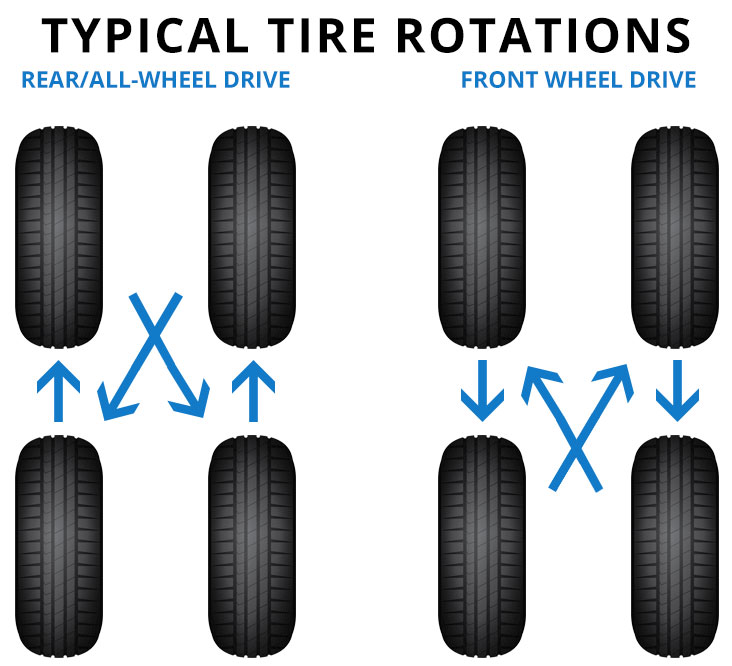Posted by Mike Hagerty Maintenance
When it comes to towing and hauling jobs, nothing beats a pickup truck. And the biggest, baddest type of pickup is the dually — a truck with dual rear wheels, two on each side. That means six tires instead of four, which complicates rotating your tires, a process that’s usually quite simple on any standard four-wheel vehicle. So let’s talk about how to rotate tires on a dually.
Why It MattersYou rotate the tires on your car to avoid uneven wear, and on a dually, you’ve got one more variable to consider. It’s not just that a right or left or front or rear tire might wear more quickly than the others — the inner and outer tires on both sides of a dually can wear unevenly as well.
But the tire situation is even more complicated than that. Sometimes your truck runs with an empty bed, not towing anything, but in other cases it might be carrying or towing literally tons. There’s no wheel alignment that can adequately cover that spectrum of load on your rear dual wheels. As a result, any working alignment will be an estimate — a compromise that accounts for what your truck might see before your next alignment. This means those rear wheels are more susceptible to wear issues than your front tires or the rears tires on a standard light-duty truck.
And when you’re considering the replacement cost of six tires, it really makes sense to get the most mileage and wear you can out of the rubber on your dually.
How To Rotate Tires On A DuallyNow that you know a bit more about why rotating tires on a dually is especially important, get your tire-changing equipment out and start preparing for the job. Opinions on the best way to rotate differ, but the general consensus among most tire pros seems to be that a counter-clockwise rotation on each side of the truck is the best approach.
In other words, the front tire on the driver’s side would become the outer left rear tire, the outer left rear tire would move inward, and the inner rear tire would move to the front.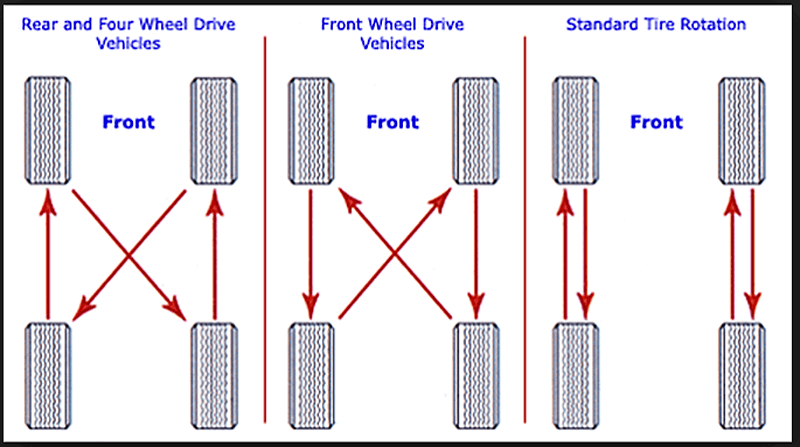 On the passenger side, the front tire becomes the rear inner tire, the inner tire moves outward to become the right rear tire, and the outer rear tire becomes the front tire.
On the passenger side, the front tire becomes the rear inner tire, the inner tire moves outward to become the right rear tire, and the outer rear tire becomes the front tire.
It’s not only important to rotate the tires and rotate them the same way each time, but also to do so on a fixed schedule. In general, a good rule to follow is to rotate your tires every 10,000 miles. Note, however, that how you use your dually and the conditions in which you use it can affect the recommendations. For instance, frequently carrying heavy loads will cause additional wear on tires, and the type of road surface you drive on could also have an effect.
Consulting with some local tire pros and the community of dually owners on the web will likely provide you with some worthwhile insights on how often to rotate the tires on your own dually.
Check out all the tools and tire-changing supplies available on NAPA Online, or trust one of our 17,000 NAPA AutoCare locations for routine maintenance and repairs.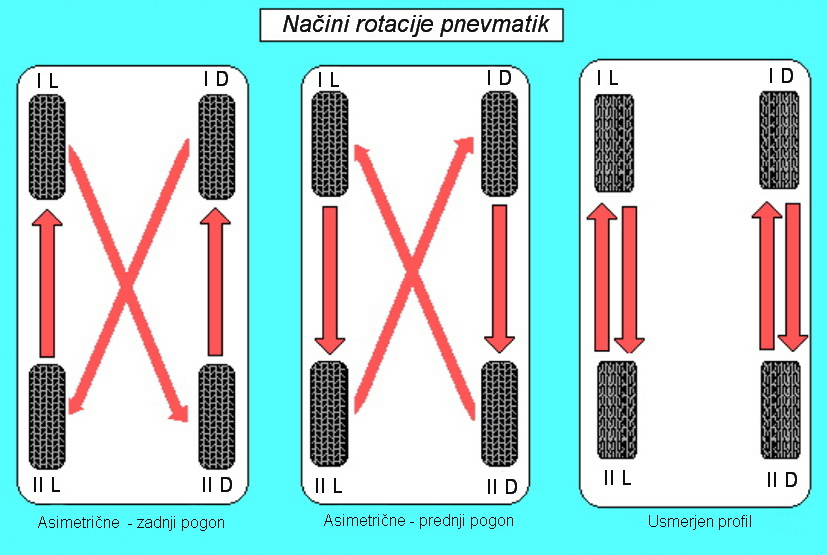 For more information on how to rotate tires on a dually, chat with a knowledgeable expert at your local NAPA AUTO PARTS store.
For more information on how to rotate tires on a dually, chat with a knowledgeable expert at your local NAPA AUTO PARTS store.
Photos courtesy of Wikimedia Commons.
Categories
Maintenance
Tags
heavy duty, tire care, tire maintenance, tire rotation, tire rotation frequency, tire wear, tires, truck
Mike Hagerty is an automotive journalist whose work has been featured on radio, TV, in print and online since 1997. He's the Publisher and Editor of MikeHagertyCars.com, and contributes car reviews to the Los Altos Town Crier and losaltosonline.com. Previous outlets have included KFBK and KFBK.com in Sacramento, California, the ABC television affiliates and Hearst-Argyle and Emmis radio stations in Phoenix, Arizona; AAA magazines for Arizona, Oklahoma, Northwest Ohio, South Dakota and the Mountain West and BBCCars.com.
Tires on cars wear out after a while. And with time, tires wear unevenly because of things like driving speed, strong acceleration and braking, and fast cornering speeds.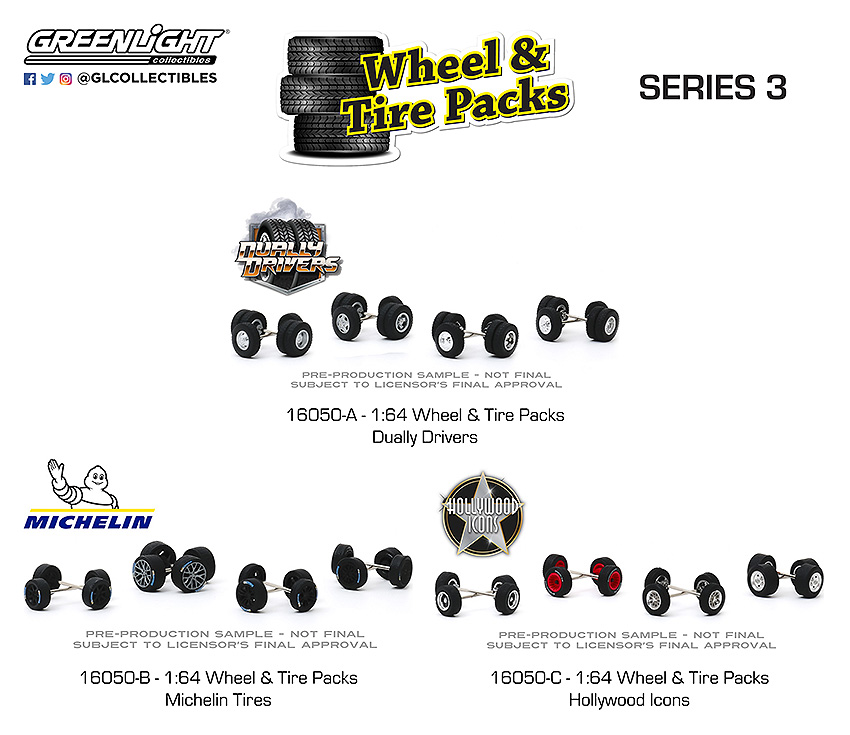 This wearing out also happens in pickup trucks with dual rear wheels or what is more commonly known as the dually.
This wearing out also happens in pickup trucks with dual rear wheels or what is more commonly known as the dually.
Rotating your tires prevents uneven tire wear. There’s more than simply the right or left, or the front or rear tire could wear faster than the others – the inner and outer rear tires on both sides of a dually might wear unevenly as well.
The dually tire situation can be complicated. This process that’s usually quite simple on any standard four-wheel vehicle is possible on dually tires. Rotating dually tires may be complicated, but we made the instructions simple for you, so read on.
What's In This Guide?
It is possible to correct uneven tire wear by rotating the front-rear and left-right tires together regularly using the tire rotation maintenance approach.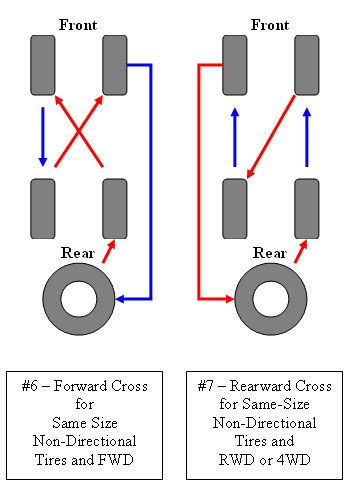 This is pretty much the same thing in dually tire rotation, except more tires are involved.
This is pretty much the same thing in dually tire rotation, except more tires are involved.
Is it necessary to rotate tires on dually? Yes!
Your dually truck may operate with an empty bed and not tow anything at times, but it may also haul tens of thousands of pounds literally at other times. It is impossible to get a wheel alignment that covers the whole range of loads on your rear twin tires.
A working alignment will always be an estimate because you never know exactly what your truck will see before your subsequent adjustment. To put it another way, the rear wheels of a light-duty truck are more prone to wear difficulties than their front counterparts.
When you factor in the expense of six new tires, it only makes sense to stretch the life of your dually’s tires as far as possible.
Now that you know why it is crucial to change the tires on a dually, get your tire-changing tools out and get ready to do the job. Different people have different ideas about rotating tires, but most tire experts agree that a counter-clockwise turn on each side of the truck is the best way to do it.
For the 4-wheel car, the process is quite simple. All there is to do to even the wear on the front steering axle and the back axle is switch the front wheels with the back wheels and move them back and forth. When you rotate dually tires, you don’t know or maybe get confused where they should go.
Here’s a brief guide on how to rotate dually tires.
Park your car on a level surface like the ground or concrete. To keep the vehicle from rolling while the front is jacked, insert a piece of wood behind the back tire. Remove all of the lug nuts from each of your tires.
Place two heavy-duty jacks, one on each side, under the front of your vehicle, and then raise the back using two more jacks. To ensure the tires can be removed from the car, jack it up.
Go to the back of your vehicle and perform the same thing. After jacking the rear axle up, drop it back down so the rack can fit inside the wheel.
The next step is to rotate the tires according to the manufacturer’s directions after completing the first two steps. In this situation, we have some recommendations on how to rotate your dually tires:
Tip: Spread grease between the rear steel wheels before putting them on to keep them from sticking and make them easier to take off the next time.
If your dually’s wheels are made of aluminum, it is highly suggested to take that front wheel and put it on the back, then take the two wheels on the inside and flip them side to side. To do this, you will have to take off all the wheels at once.
To do this, you will have to take off all the wheels at once.
This process will take some time, but it will save you from taking the wheels off the rims again. But, this will only work if your tires are non-direction specific. If they only work in one direction, you could turn that front wheel around and put it back on the other side.
This would keep the tires turning in the same direction.
First, jack up the back of the car and take the rack off. Then, gently lower the car. Tighten each nut as you go around to get the best fit.
When you change the tires on a dually, you can do it in many different ways. Let’s start with the most common patterns and move toward the less common ones.
This is the best pattern to use if the wear isn’t strange or uneven. If you have two rear wheels, the best way to rotate the tires is in a circle. It’s a simple pattern: the front tires move to the back, the back tires move to the front, and the front tires move to the back.
When this pattern is used, the tires stay on the same side of the car. You only have to jack up one side of the car at a time, which makes it easier to change the tires yourself.
If you want this pattern to look nice, all three wheels will have to be the same. Circular rotation works best with two-axle trucks with steel wheels.
When you have six tires, turning in a specific direction is a little more complex because the back wheels on the outside of the axle face inward. When you switch the tires around, you have to keep this in mind.
This pattern isn’t good for non-directional tires because the circular pattern will help the tread wear more evenly over time. This is also how you would rotate white letters that are only on one side of the tire. It will ensure the white letters always face outward if you care about how it looks.
Directional tires on a standard four-wheel vehicle can never switch sides, but they must be able to do so on a six-wheel truck or RV.
The front tires move to the spots in the middle of the back. The wheels in the middle move to the outside on both sides. The tires on the sides of the front move to the opposite sides.
Side to side rotation works best when the front and back wheels or tires are different. This could happen if you have tires for pulling on the back and tires for steering on the front. Or, the wheels or tires may be different sizes, making it impossible to move from the front to the back.
When the front tires are turned, they just switch sides.
When rotating the back tires on a car with identical wheels, each back tire should spend some time in each possible position. This is done by moving each rear tire over one spot every time the wheels are turned.
The driver’s side rear outer moves to the driver’s side rear inner. In this case, the driver’s side rear inner tire is transferred to the passenger side rear inner tire position.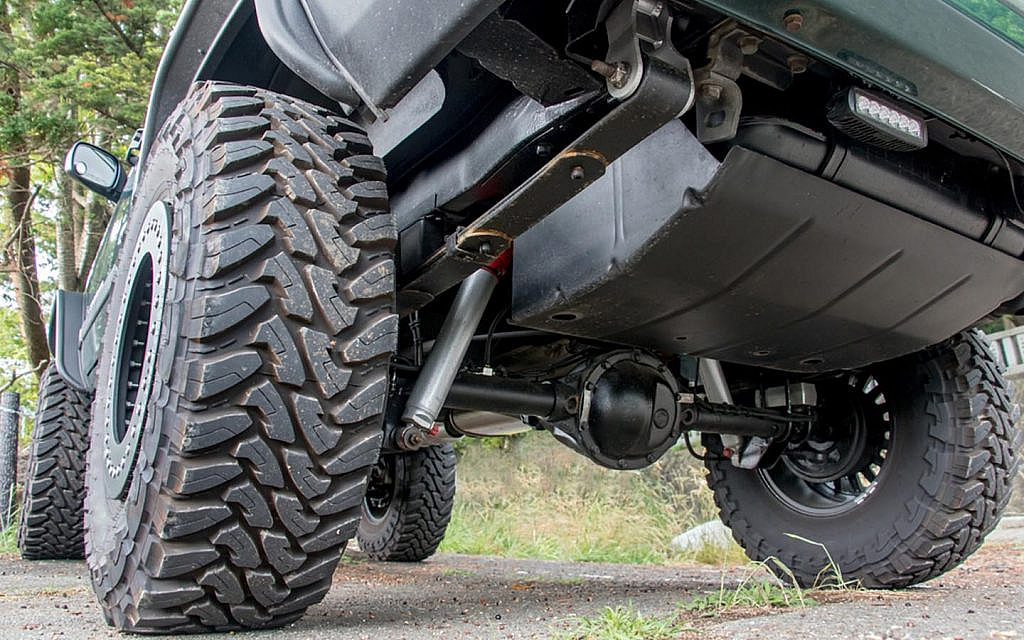 The inner passenger-side tire switches to the outer passenger-side tire.
The inner passenger-side tire switches to the outer passenger-side tire.
The loop is finished when the outer on the passenger side moves to the outer on the driver’s side.
Whenever the outer and inner rims are different, the outer rears and the inner rears should be swapped.
Include a spare tire when rotating dually tires so that it doesn’t go to waste before dry rot sets in, and the spare may be used in the event of a flat. This will help guarantee that the spare tire is fully inflated and in good condition if needed.
When you change the tires on our dually, you may include a spare tire in a few different ways.
Using a new circular layout, drivers’ outside rears are now spares, while their inner rears are now used as a second set of spares.
Typically, if you have six identical wheels (all steel), you’d take the driver’s inner rear wheel and store it in the spare spot. The spare tire would be relocated to the back of the vehicle behind the driver. Otherwise, the two-way pattern would remain the same as it is now.
The spare tire would be relocated to the back of the vehicle behind the driver. Otherwise, the two-way pattern would remain the same as it is now.
If all four rear wheels and tires are identical, the driver’s inner rear will become the spare, and the passenger’s inner rear will become the spare. You’ll see the identical pattern to complete the rotation as in the previous section.
Rotating tires on a dually depends significantly on what kind of restrictions you might run into. If you can, the best way to do it is in a circular pattern.
For the circular pattern to work, all the wheels and tires must be the same. This is not true for many people who own duallys. The front and rear outer wheels are often made of aluminum, while the inner rear wheels are made of steel.
This means you can’t rotate your tires any way but from side to side or like for like.
Less good comes from rotating a tire from side to side than from front to back or from the inside to the outside of the back. Most experienced dually truck owners with three different sets of wheels don’t rotate their tires unless they notice that they are wearing down in different places.
Most experienced dually truck owners with three different sets of wheels don’t rotate their tires unless they notice that they are wearing down in different places.
Tires on a dually truck should be rotated every so many miles to keep the tires’ warranty valid. Most tire makers will tell you to rotate your tires before they reach a certain number of miles.
Most of the time, rotating your tires every 5,000 miles will meet or exceed this requirement, but it can vary, so read the paperwork you got when you bought your tires to make sure you rotate them according to the manufacturer’s instructions to keep your warranty.
The rear axle has two rear wheels that face each other. On each side, the driver and the passenger’s will have two wheels that face each other. The front and inner wheels are set up like they usually would be. The outer backs are mounted with their backs facing in.
Most of the time, you can only turn aftermarket dually wheels from side to side.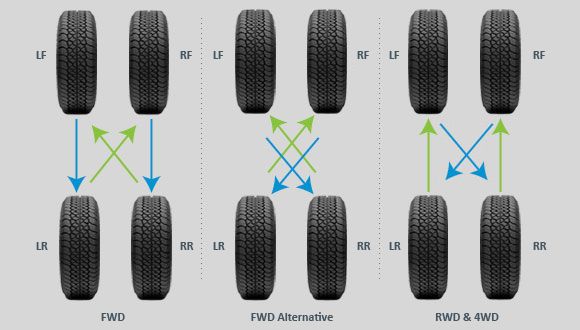 This is because the aftermarket tires on the front and the aftermarket wheels on the outside of the vehicle are usually made in very different ways.
This is because the aftermarket tires on the front and the aftermarket wheels on the outside of the vehicle are usually made in very different ways.
Since they can’t be seen, the inner rear wheels are often made of cheap steel.
The back wheels of dually trucks with six steel wheels face in instead of out. This is taken into account by the designs of aftermarket front and outer rear wheels, which are different but work well with inner rear steel wheels.
Tire rotation on a dually is much more complicated than on a car with only four tires, but it’s still a good idea to have this service done regularly.
If you rotate your tires regularly, it can help even out how they wear. This will help your tires last longer, make the ride smoother and quieter, and is usually needed to keep the mileage warranty on your tires.
Introduction
What is the feature of the directional tread pattern?
Advantages and disadvantages of
directional tiresHow to properly install directional tires
Conclusion
When choosing good tires, you often face the problem of not only a huge number of models, but also a variety of tread patterns, which also need to be sorted out. One of the most popular patterns is the traditional directional pattern, which has been used on the tread surface of a wide variety of tires for decades. nine0006
One of the most popular patterns is the traditional directional pattern, which has been used on the tread surface of a wide variety of tires for decades. nine0006
What are directional tires and why are they still in demand not only among motorists, but also among professional motorcycle racers? In the article, we will reveal all the secrets and technologies of directional tires, as well as show you how to install them correctly. Here, nuances and discoveries await us at every step.
There are four types of car tire tread pattern:
directional symmetrical,
non-directional symmetrical,
non-directional asymmetrical,
directional asymmetric.
Each drawing is designed for its own version of the road and has its own set of advantages. Different tread patterns have different functionality and behavior on the road. When mounting tires on wheels, their own installation principles also work, which will need to be strictly observed so as not to create an emergency. We will talk about them in the corresponding section. nine0006
We will talk about them in the corresponding section. nine0006
The essence of the directional tread design is clear at a glance: the blocks, ribs and tread grooves of the V-pattern are directional, spinning the wheel in a certain direction. Most often, directional tires are found in winter models, but there are many of them among summer ones. In symmetrical tires, both halves of the directional tread are mirrored, in an asymmetric design, both halves have a different structure and different functionality.
It is necessary to mount the wheels only in the right direction, otherwise all the advantages will come to naught, and at the same time problems with handling and accelerated wear will be added. Excessive strong pressure will accumulate in the center of the working area, due to which the tire will begin to rise above the road and harm traction in how many areas. nine0006
The directional tread pattern is best suited for wet tarmac, as the grooves that widen from the center to the sides are much better at shedding water from the contact surface.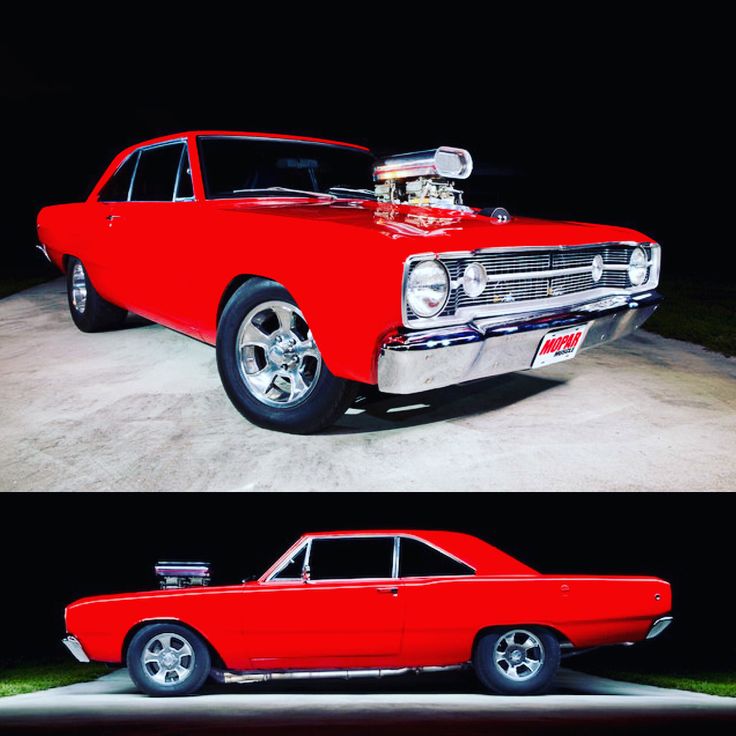 This not only improves grip on wet surfaces, but also works in favor of protection against the effect of hydroplaning. This works even better for a rear-wheel drive car - the front wheels will quickly clear the water before the rear axle sets foot on the road. Accordingly, contact with the track in such a car will be much more thorough. nine0006
This not only improves grip on wet surfaces, but also works in favor of protection against the effect of hydroplaning. This works even better for a rear-wheel drive car - the front wheels will quickly clear the water before the rear axle sets foot on the road. Accordingly, contact with the track in such a car will be much more thorough. nine0006
The directional pattern of the winter models excels in raking snow and removing dirt from the contact surface - ideal for snowy trails in the winter.
On a dry summer surface, they also give the car a couple of advantages - first of all, it concerns directional and lateral stability. For high-speed tires, this is one of the most relevant designs, as directional tires have a positive effect on the reactions of the car at high speed. nine0006
However, their driving disadvantage is the increased noise level during active work on asphalt, and the higher the speed, the stronger the rumble. Also, directional tires are more expensive than non-directional tires, but cheaper than asymmetric ones.![]() It is better not to install directional tires if you often drive on dirt roads or are completely forced to drive off-road. They will not show effective work on soft and medium hard surfaces. For rural areas, a tread pattern with a non-directional arrangement of large lugs is better suited. Remember that, being put on disks, wheels with directional rubber can only be changed from the front axle to the rear and vice versa, but not rearranged on the sides. To do this, the tires will have to be disassembled and put as needed. nine0006
It is better not to install directional tires if you often drive on dirt roads or are completely forced to drive off-road. They will not show effective work on soft and medium hard surfaces. For rural areas, a tread pattern with a non-directional arrangement of large lugs is better suited. Remember that, being put on disks, wheels with directional rubber can only be changed from the front axle to the rear and vice versa, but not rearranged on the sides. To do this, the tires will have to be disassembled and put as needed. nine0006
Although we've talked about directional tires, it's the symmetrical design that's most common. Asymmetric directional pattern is very rare. This is due to the fact that such tires are not only much more difficult and expensive to manufacture, but they have one serious drawback for car owners. Due to the very strict installation scheme for the car, constant difficulties arose with spares - I had to constantly carry two spare wheels with me instead of one, because you never know which tire will be damaged, and you can’t change directional asymmetric tires with sides.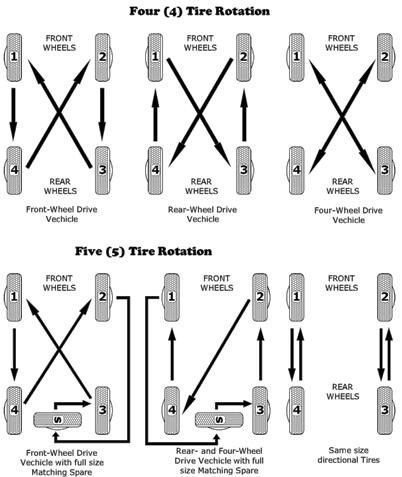 In addition, the warehouses constantly accumulated tires for only one side, which are completely useless without a paired wheel. nine0006
In addition, the warehouses constantly accumulated tires for only one side, which are completely useless without a paired wheel. nine0006
As mentioned above, one of the "secrets" of directional tires is their installation pattern. Simply put, you need to find the inscription Rotation (from the English. "Rotation") with an arrow on the sidewall. It is this marker that is an indicator - in which direction the tire pattern should “look” when installed on a car. If you make a mistake with the direction of rotation and put the rubber against the arrow, then the drainage system will rake in water like a mill, and not discard it, leveling all the advantages of the model, or even exacerbating them. The fact that the tires are installed incorrectly will tell you a sharply increased noise in the cabin. nine0006
If for some reason you could not find this marker, then you can do it even easier - pay attention to the tire tread pattern itself. The rubber of the directional design is a kind of "herringbone" that is directed forward.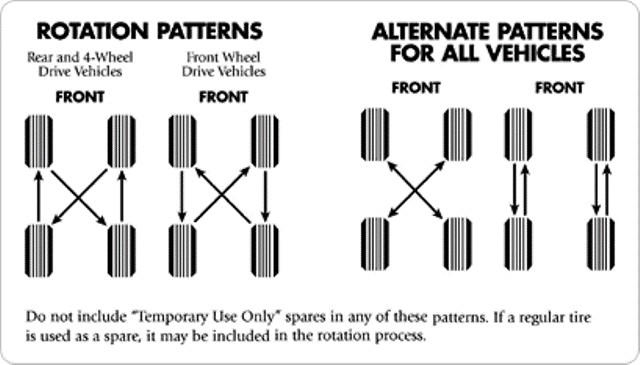 Simply mount the tires so that the tread pattern faces the direction of travel of the vehicle.
Simply mount the tires so that the tread pattern faces the direction of travel of the vehicle.
Rubber with an asymmetric device should only be mounted according to the marking, since each individual side is designed for its own tasks and should never be confused. The correct direction of asymmetric tires will help determine the labels:
Outside, or the outer side of the tire, must face outward.
Inside, or the inner side, respectively, looks inside the car.
Right and left asymmetric tires are much less common. Left (or simply L) will be written on one tire - it means that it must be placed to the left of the body, Right (R) - to the right. You can change them only on one side of the body - front with rear and vice versa. nine0006
But much more often, directional tires can be mounted on a rim on either side, the main thing is to follow the direction of the pattern.
And don't forget to balance freshly assembled wheels - tires will never show their advantages and characteristics without good balance. Only after that you can proceed to the installation on the hubs. After installation, go around the car in a circle and check the markings. Recall that we need the rotation direction under the Rotation arrow. If you have an asymmetric directional tire, then make sure that only the Outside is visible. Left (Left) and right (Right) asymmetric tires must show the sides of the body in the direction of travel. nine0006
Only after that you can proceed to the installation on the hubs. After installation, go around the car in a circle and check the markings. Recall that we need the rotation direction under the Rotation arrow. If you have an asymmetric directional tire, then make sure that only the Outside is visible. Left (Left) and right (Right) asymmetric tires must show the sides of the body in the direction of travel. nine0006
For a couple more tips on directional tires, check out this video:
/Archive /Cultivators / Cultivator (reverse rotation) Husqvarna TR 430 Dual 9609100-18
Article: 9609100-18
👁 286 views
Universal cultivator for private users you need a machine for various jobs - from deep plowing of compacted soil to loosening garden beds and flower beds.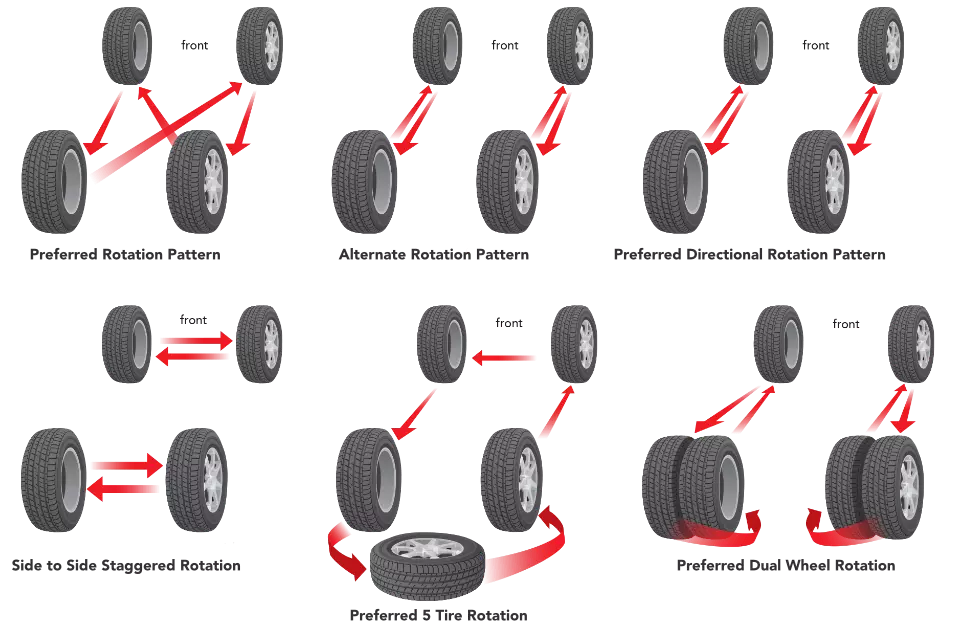 The bi-directional tines enable deep plowing of compacted soil and old lawns, as well as cultivating the topsoil in garden plots. Chain drive of rotating working bodies (mills) and wheels. The reverse makes the process easier. The handle is height adjustable for user comfort. nine0006
The bi-directional tines enable deep plowing of compacted soil and old lawns, as well as cultivating the topsoil in garden plots. Chain drive of rotating working bodies (mills) and wheels. The reverse makes the process easier. The handle is height adjustable for user comfort. nine0006
